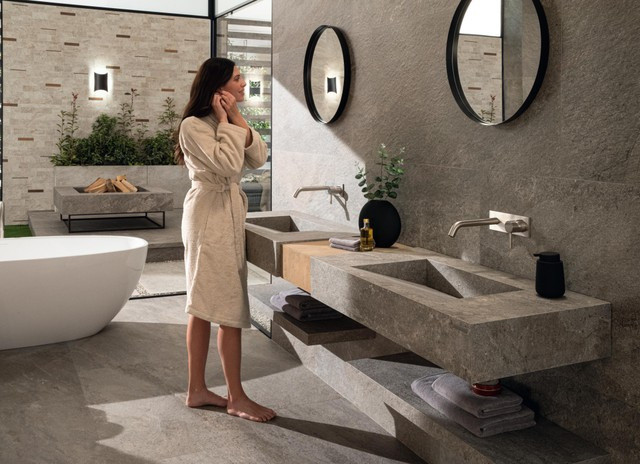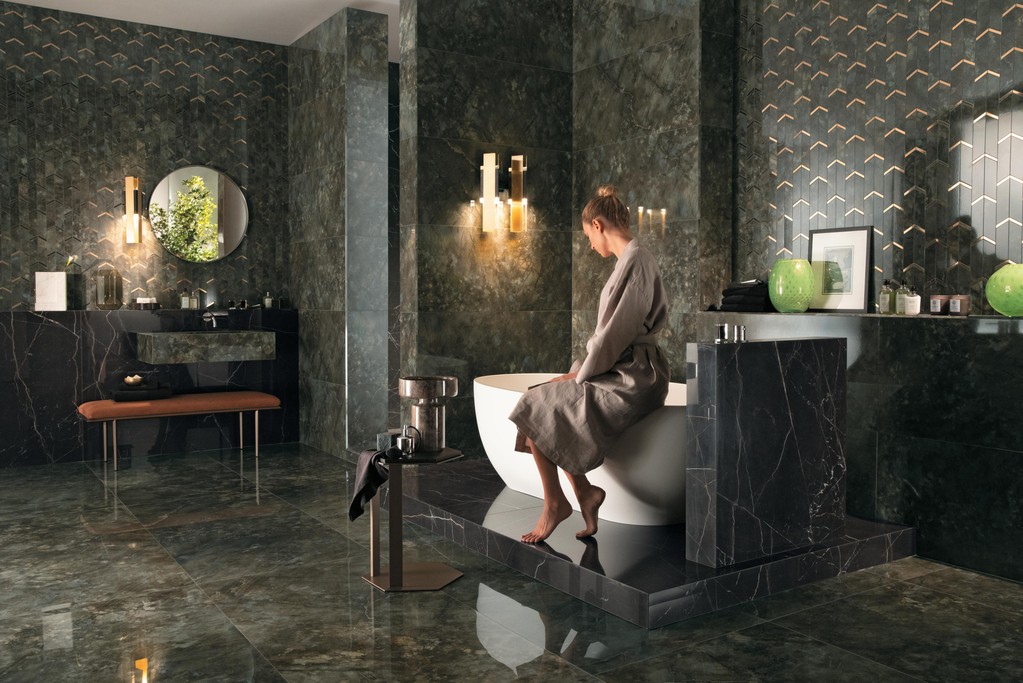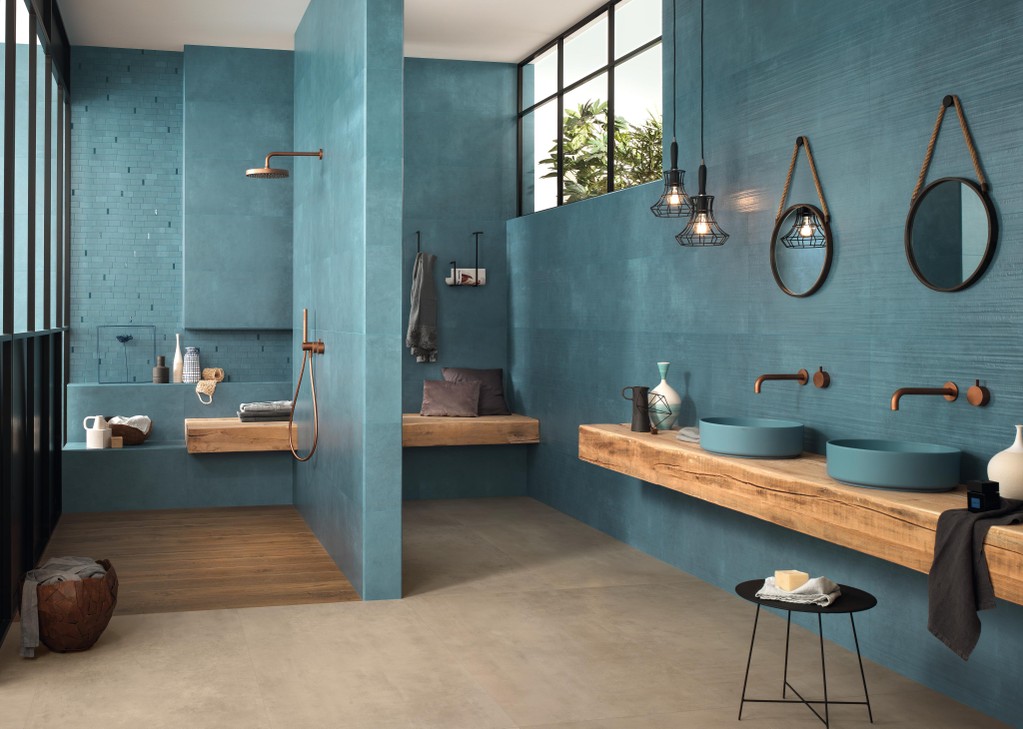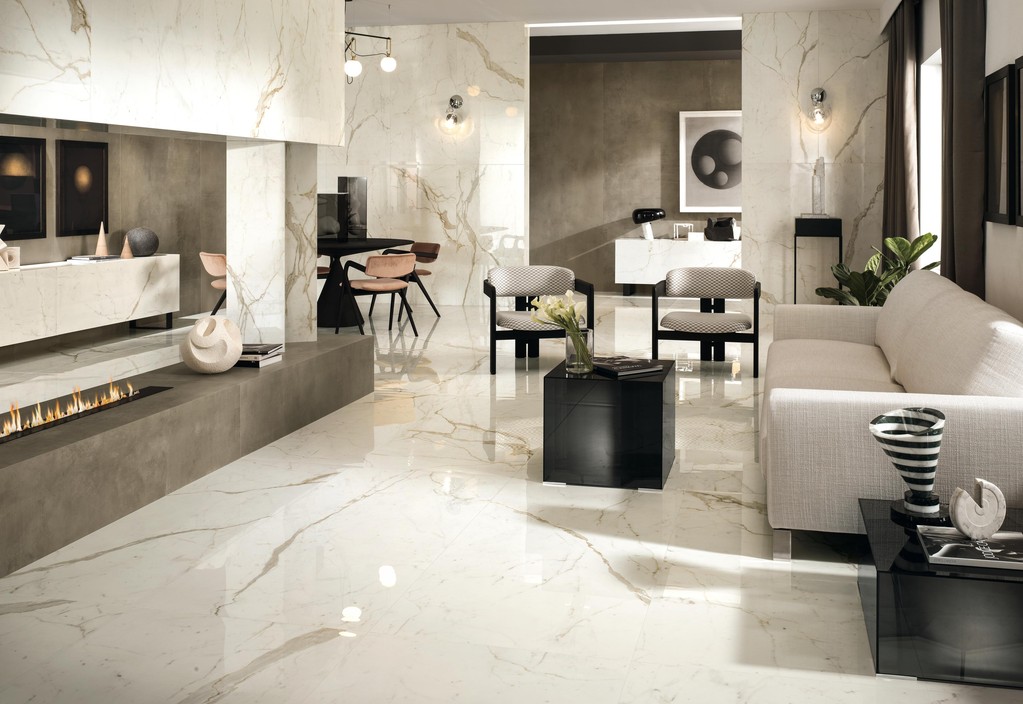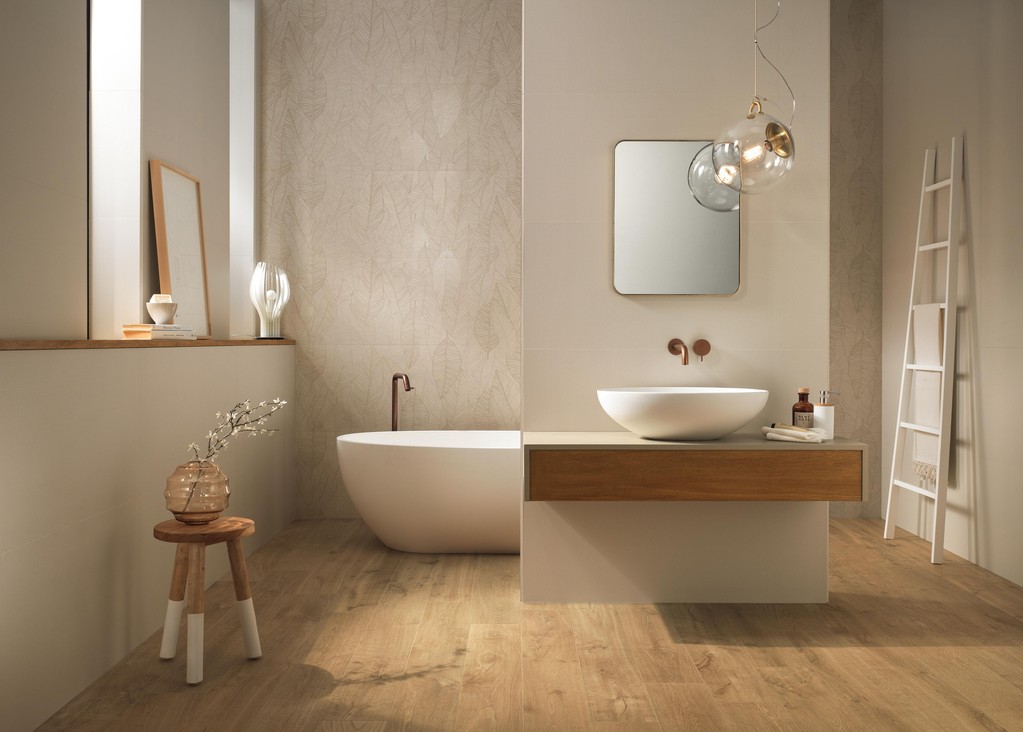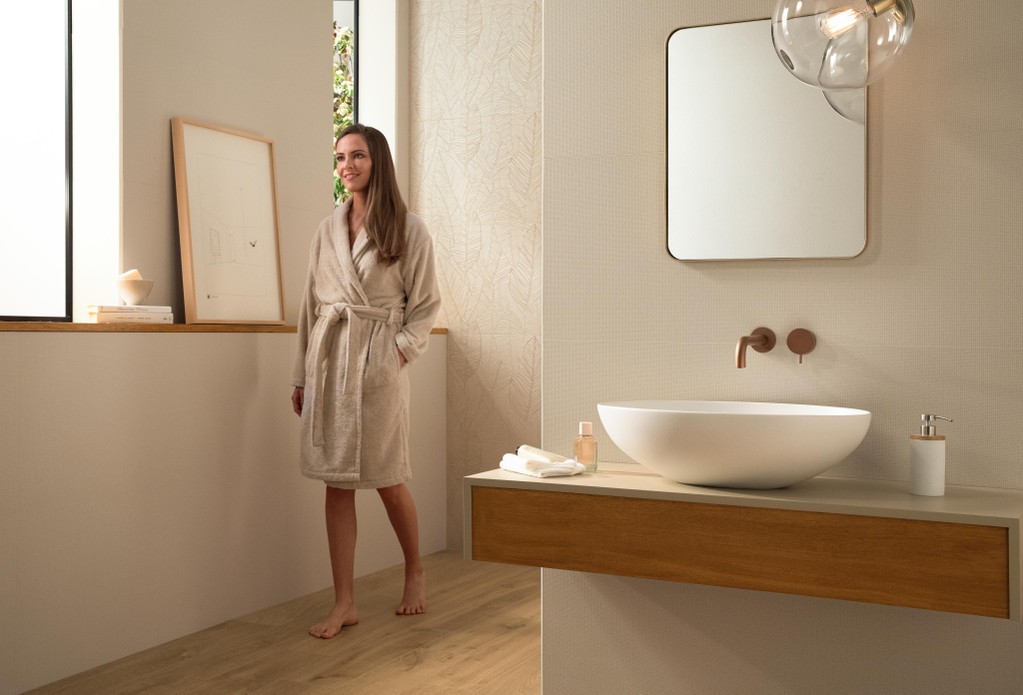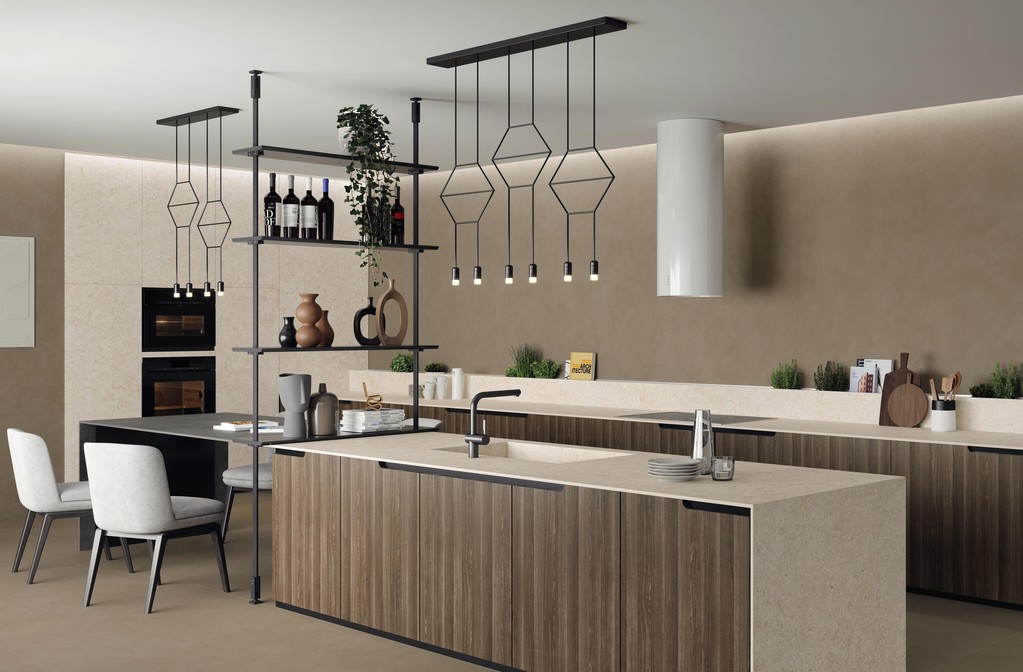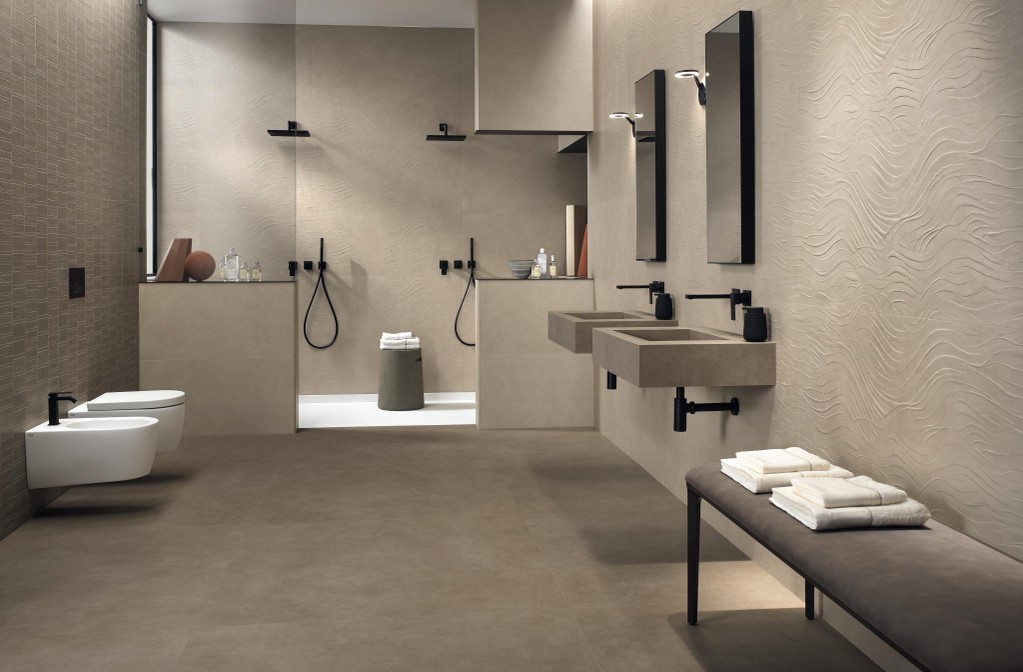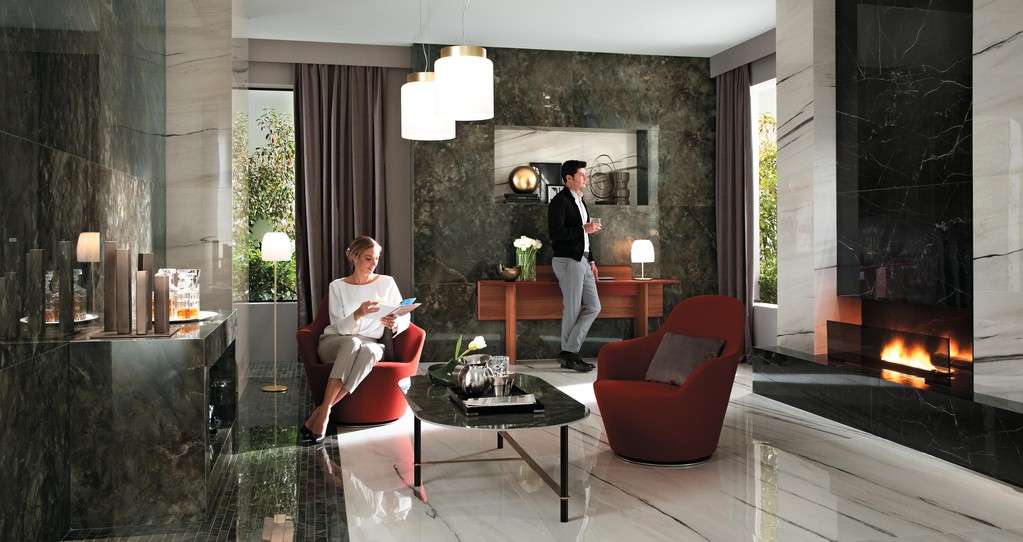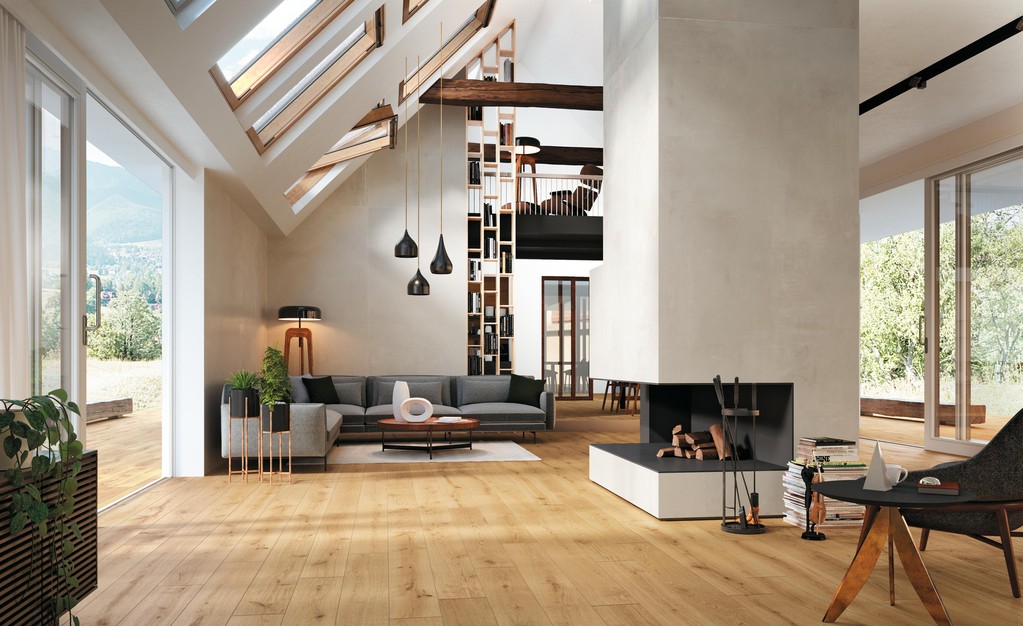It’s time for some renovations. If you're considering radiant floor heating for your home, know that porcelain tiles are just what you're looking for. And that the esthetic and compositional possibilities of the Atlas Concorde collections are practically endless.
If you're planning to upgrade your heating system by replacing wall radiators with radiant floor heating, you're probably wondering what materials to use on your floors. Which surface is able to mediate the various needs: esthetic (it's important that you like how the floor looks since it's going to be there for a while), practical (such as durability, hygiene, ease of cleaning), and technical, like the need not to penalize the performance of your new heating system.









































.jpg?cropw=4096&croph=2654.2479700187387&cropx=9.695217308093677e-13&cropy=76.7520299812622&cropmode=pixel#?w=3840&q=100)






































.tif?cropw=4036.303976681241&croph=2705.4159900062464&cropx=59.69602331875912&cropy=25.584009993753906&cropmode=pixel#?w=3840&q=100)
.jpg?cropw=4096&croph=2978.1919633562356&cropx=0&cropy=93.80803664376384&cropmode=pixel#?w=3840&q=100)


.jpg?cropw=4096&croph=2304&cropx=0&cropy=215.39045431878446&cropmode=pixel#?w=3840&q=100)






